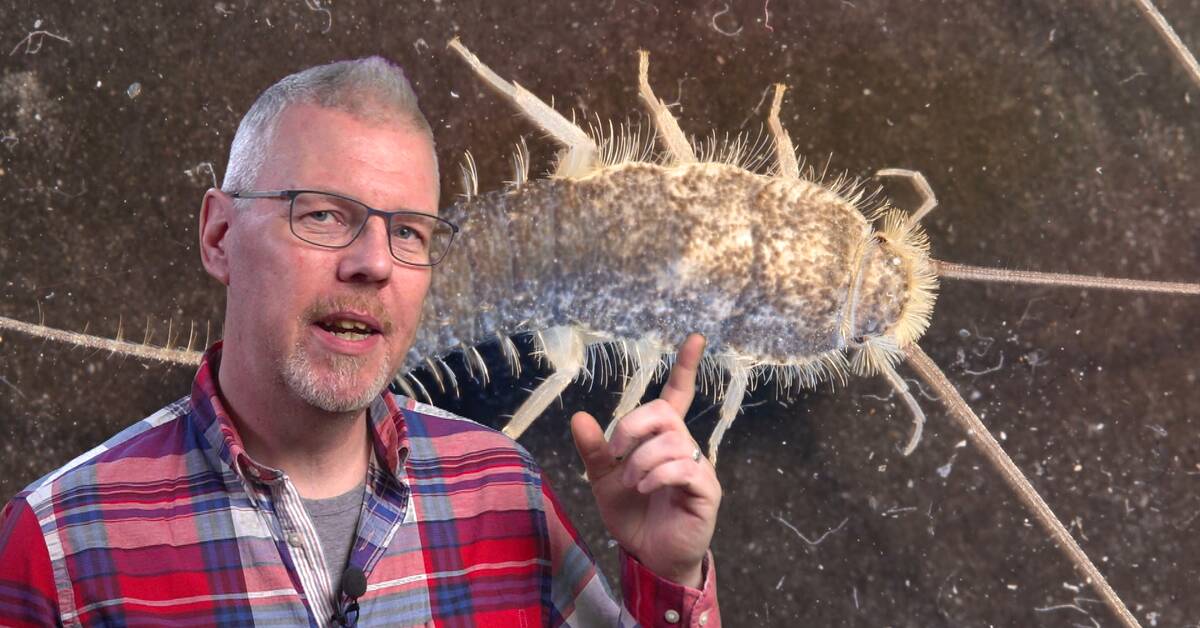Unlike the common silverfish, which thrives best in humid spaces, it prefers long-sprayed warmer and drier places.
The food consists mainly of dead insects and food scraps.
But since it also likes to eat materials with a lot of starch, such as paper, cardboard and textiles, it can cause some damage in the home.
If you are really unlucky, it can be used on wallpaper, books or valuables.
Neither the common nor the long-stemmed silverfish are dangerous to us humans, but they multiply quickly and since the long-stemmed variety can be found almost everywhere in a home, they can be extra difficult to get rid of.
Seen increase during the pandemic
So far, most observations of long-tailed silverfish have come from southern Sweden, but according to figures from the remediation company Nomor, a sharp increase has been seen in both Jämtland and Västernorrland counties over the past two years.
- It is mainly in Östersund and Örnsköldsvik that we have seen a sharp increase, but also in Sundsvall it has increased.
This may be due to the fact that many people worked from home during the pandemic.
You have simply had a greater opportunity to observe the problem, but may also have had more time to contact a remediation company.
That's what Jonathan Dahlqvist, area manager at Nomor, says.
- If you compare with bed bugs, for example, the problems have decreased during the pandemic, which is connected with the fact that we traveled less, says Jonathan Dahlqvist.
In the clip above, you get to know more about the elongated silverfish.

